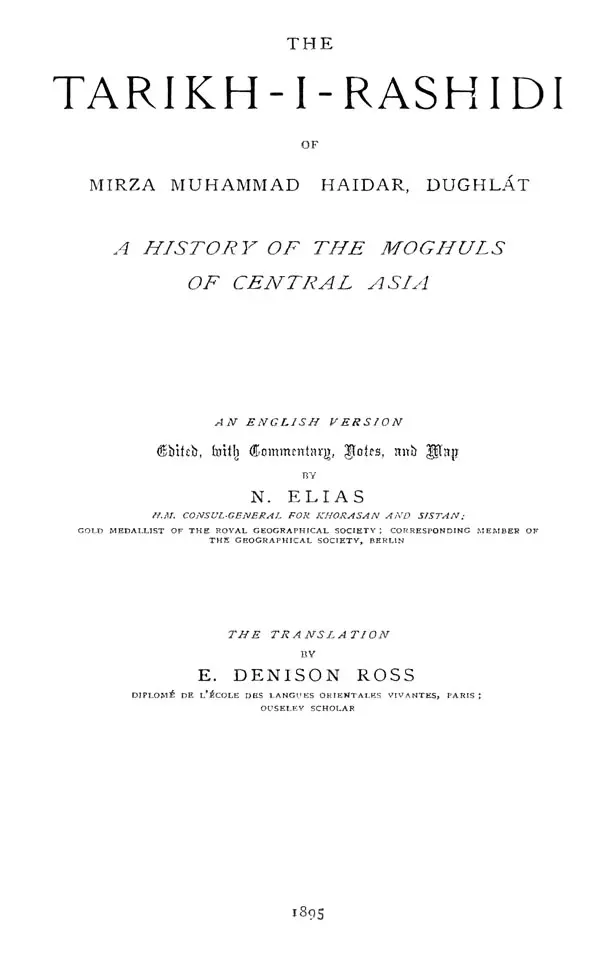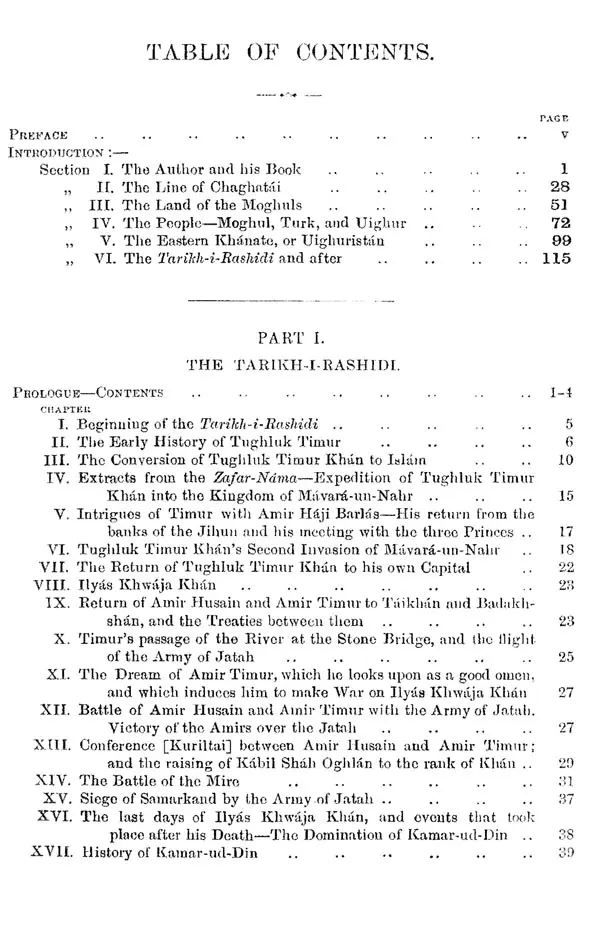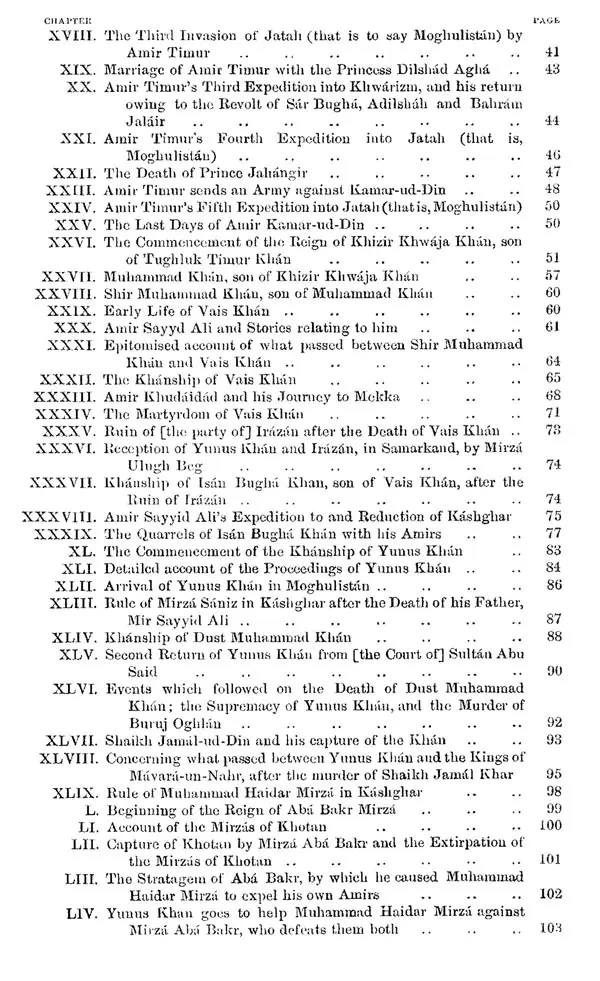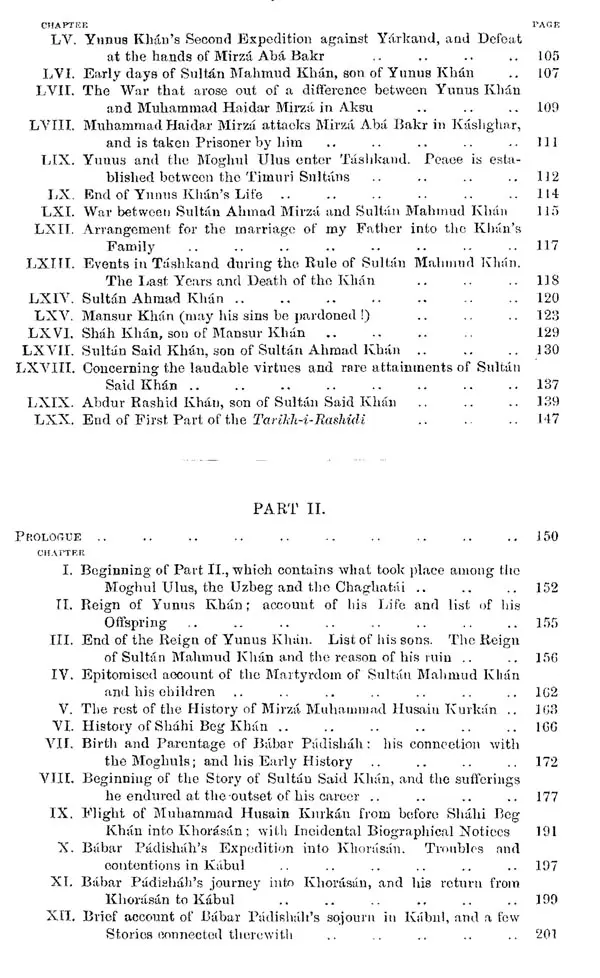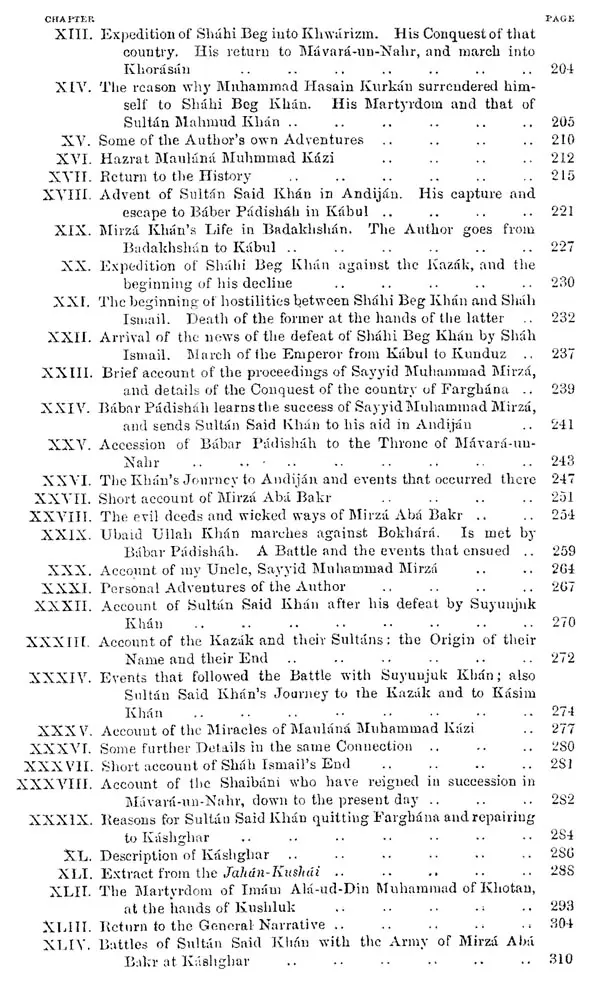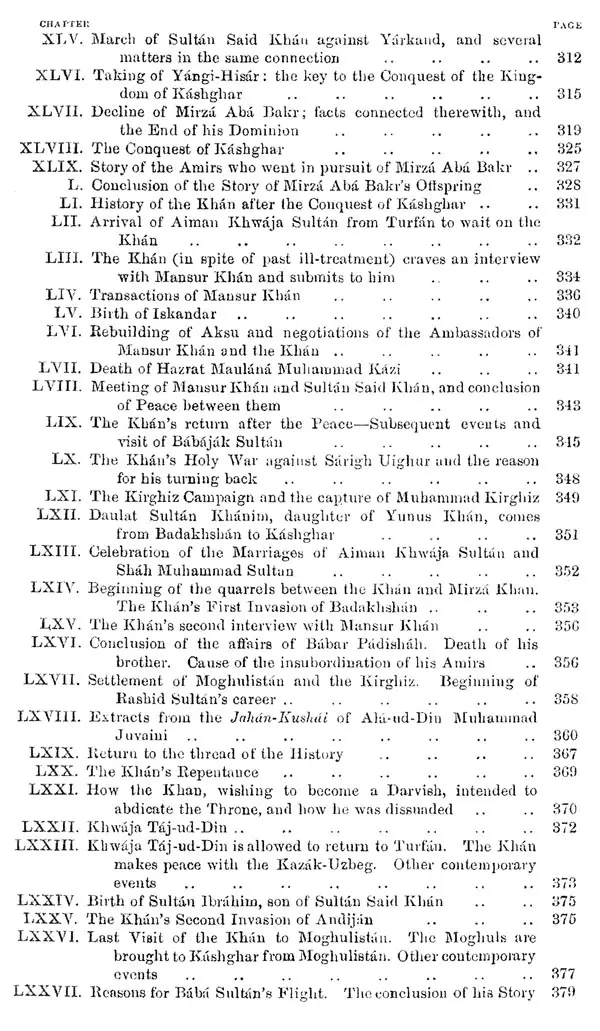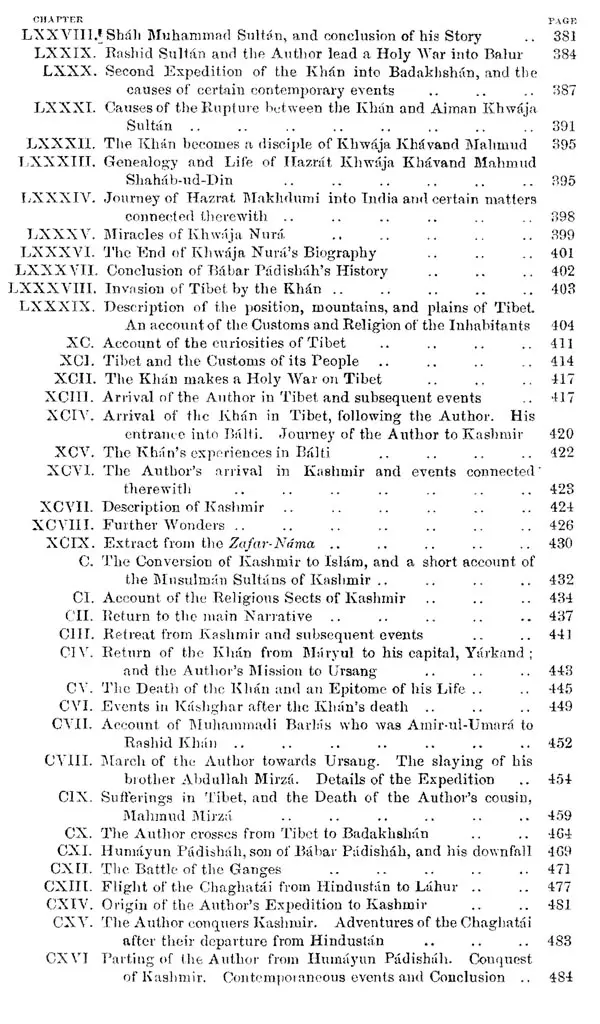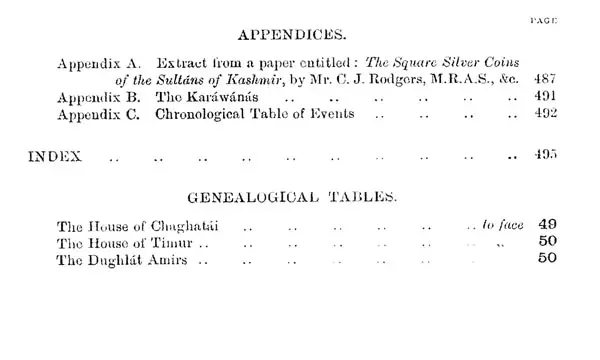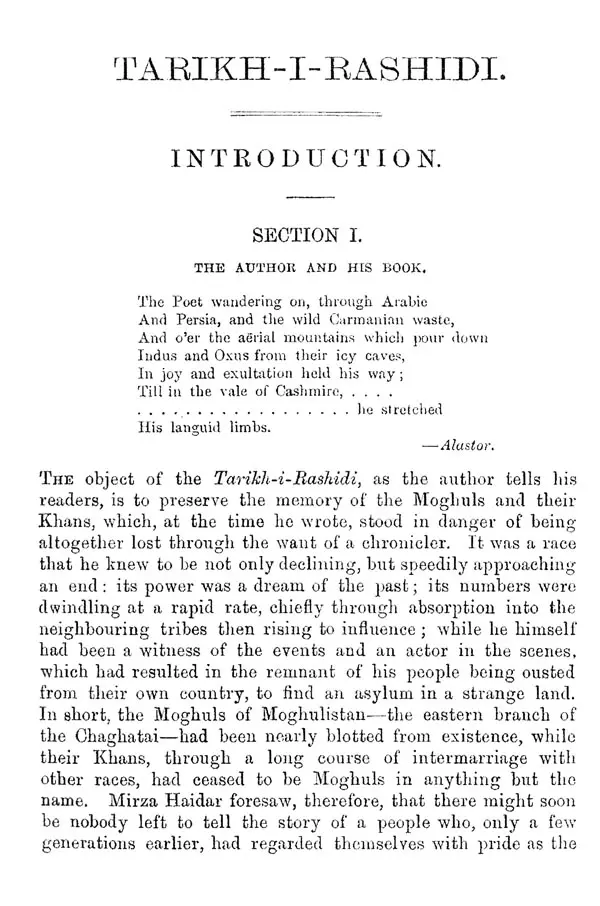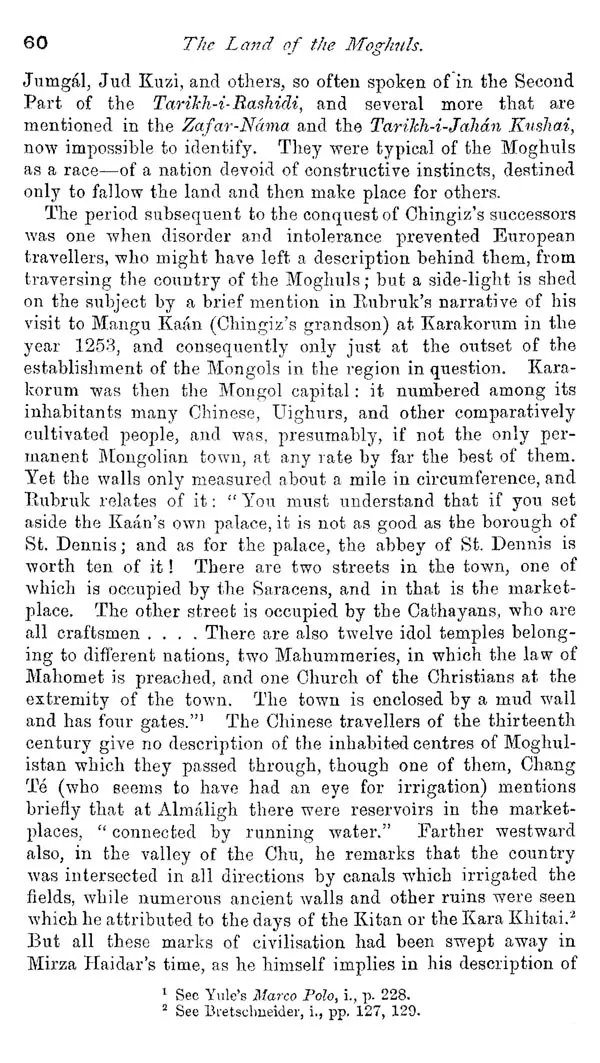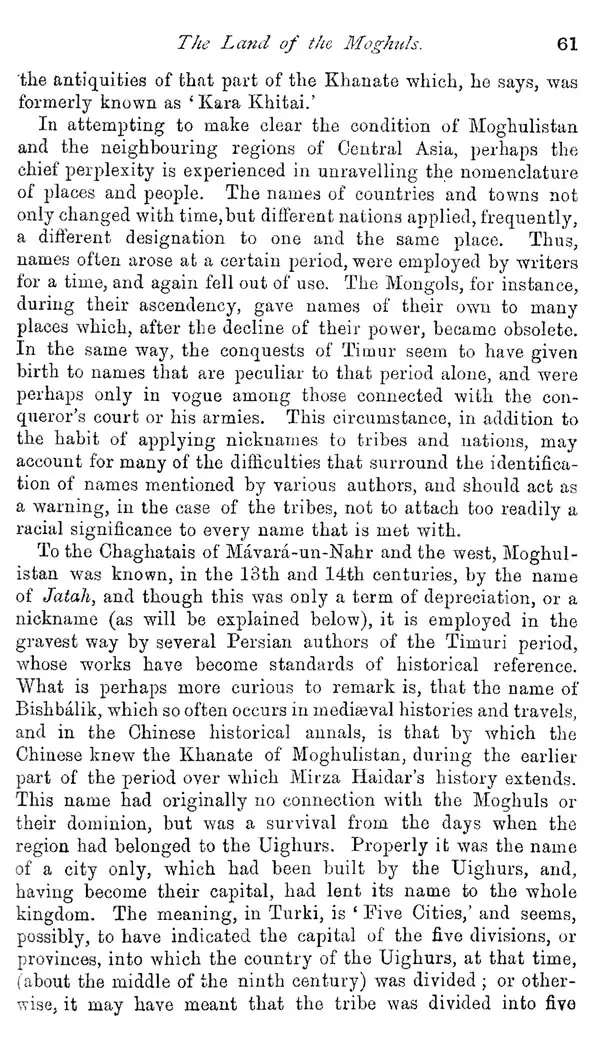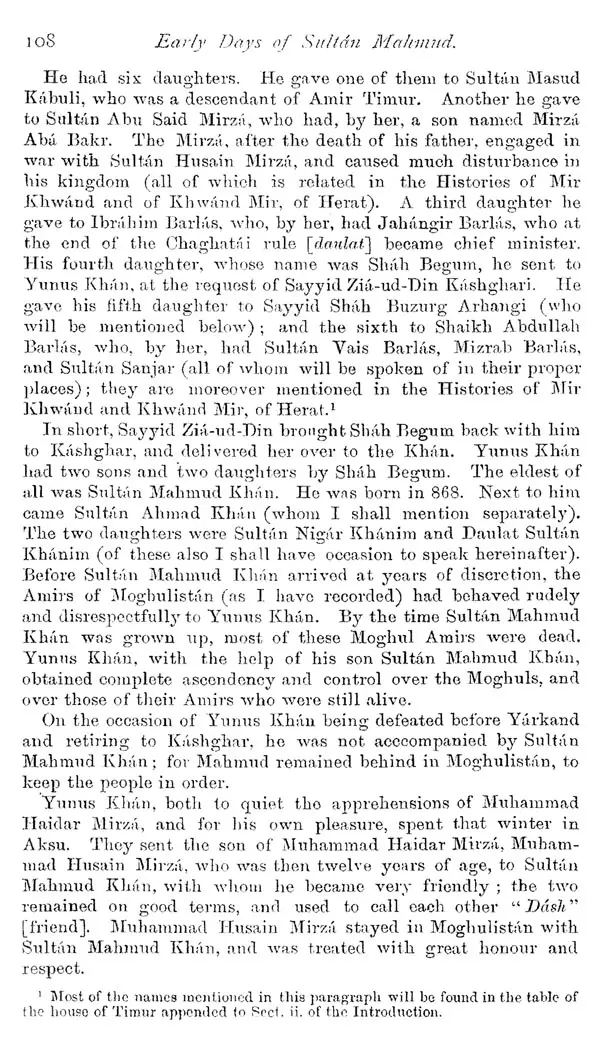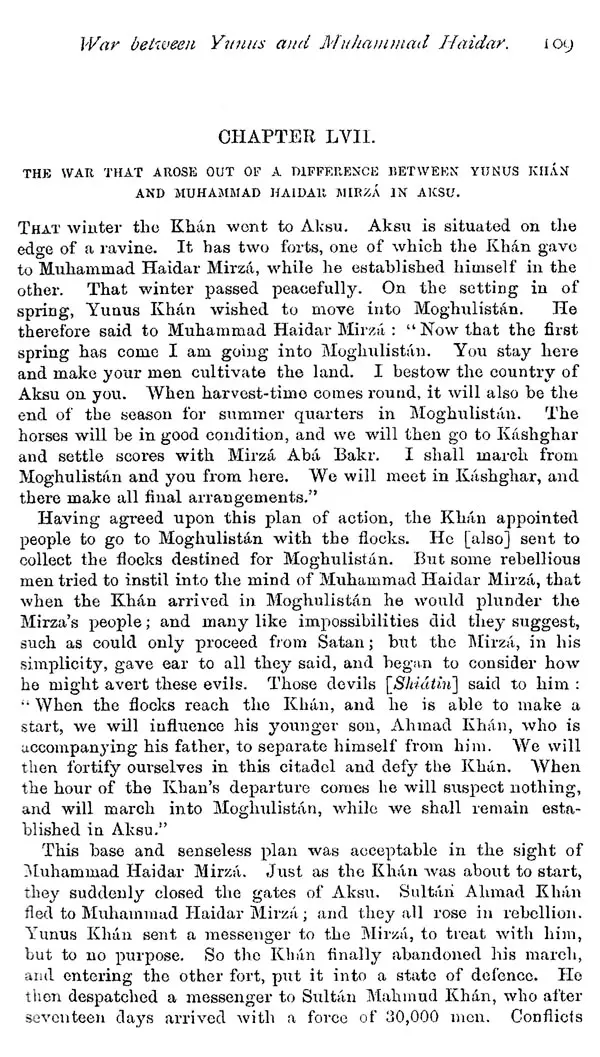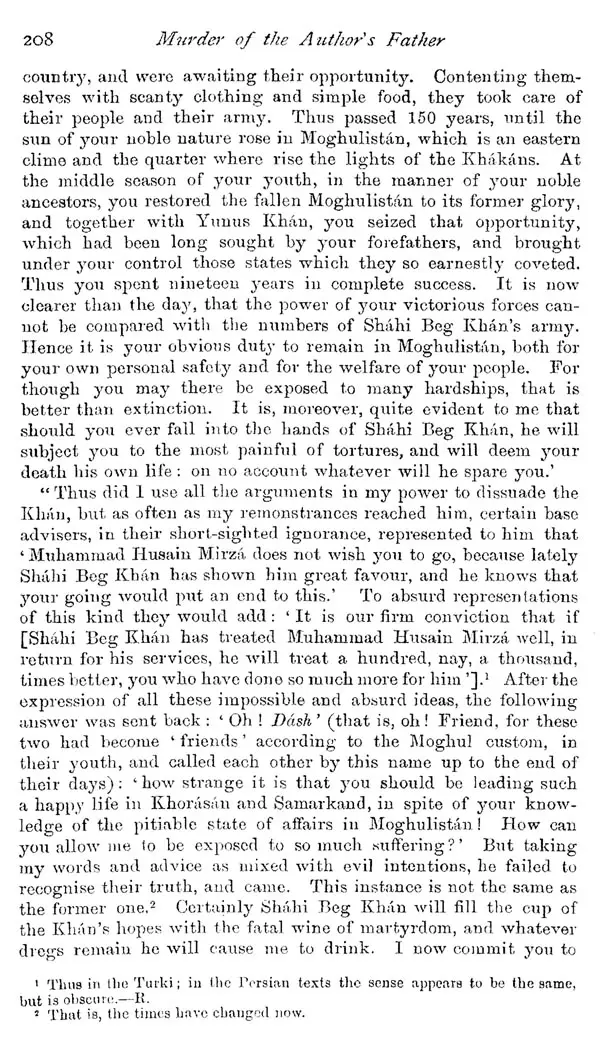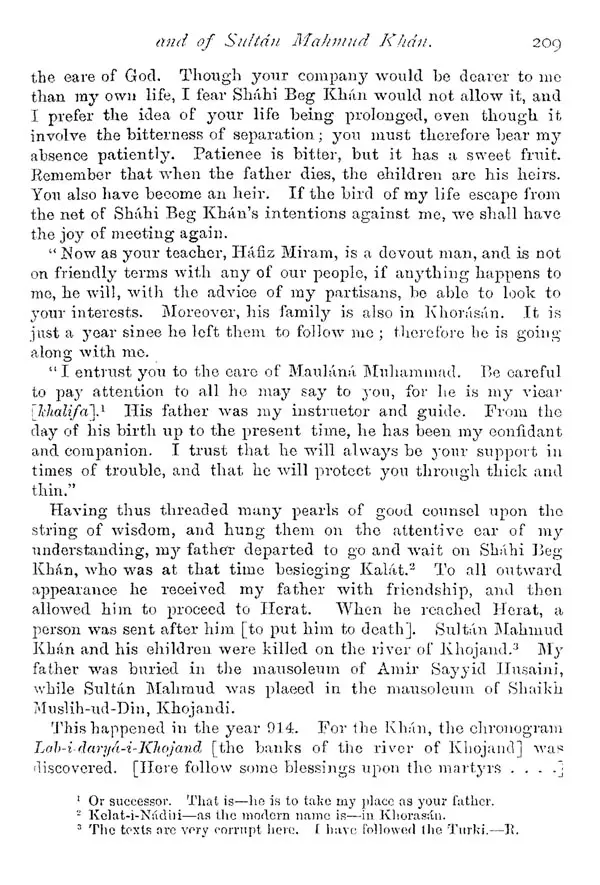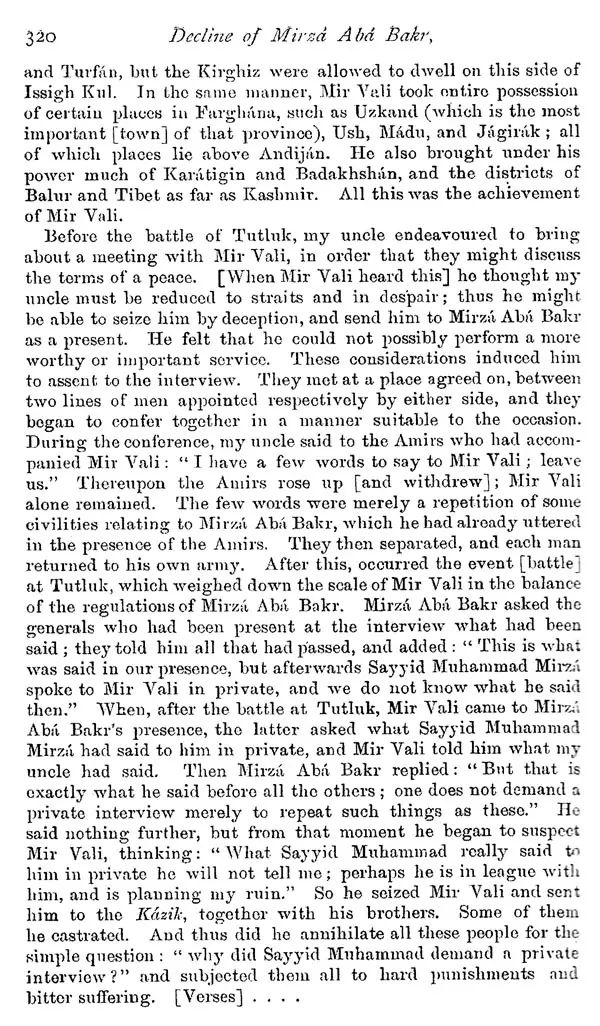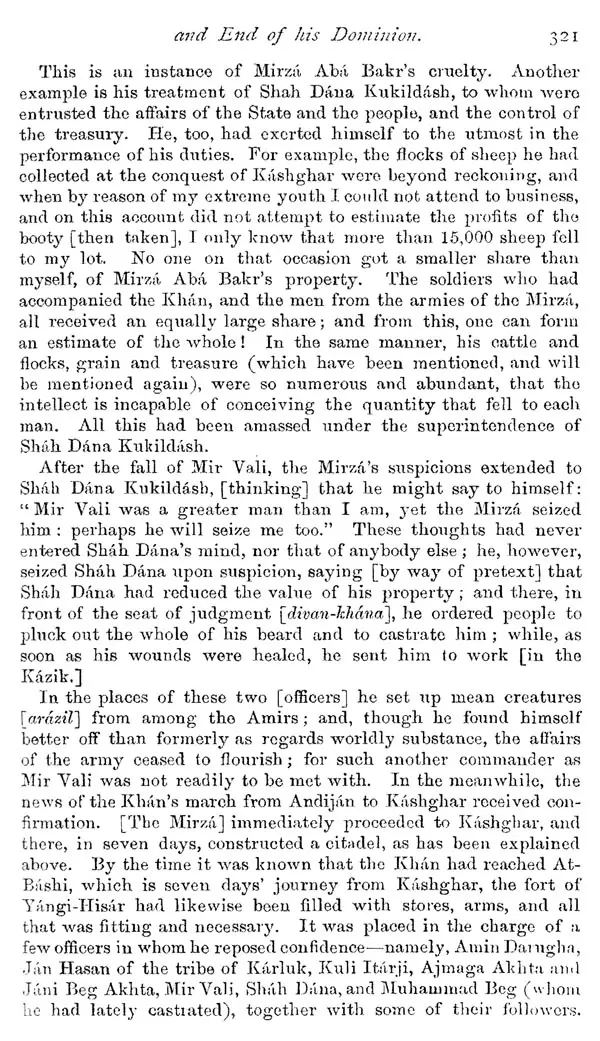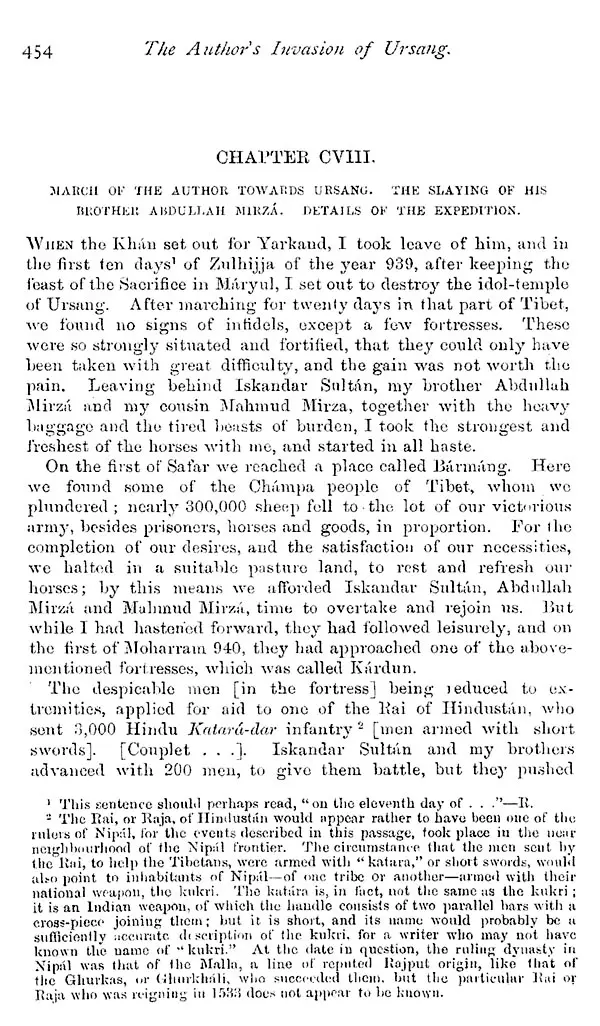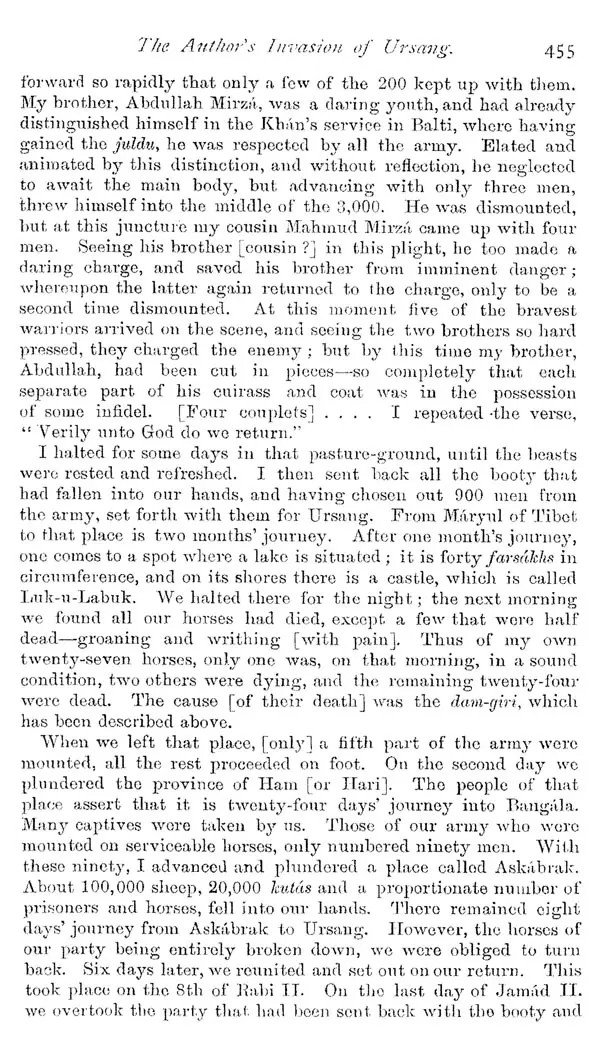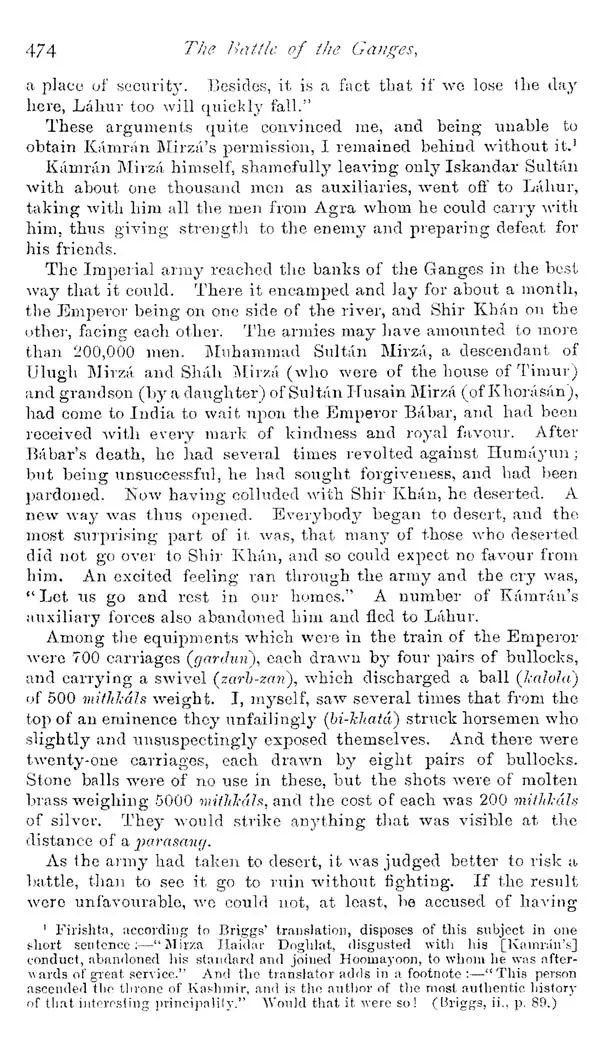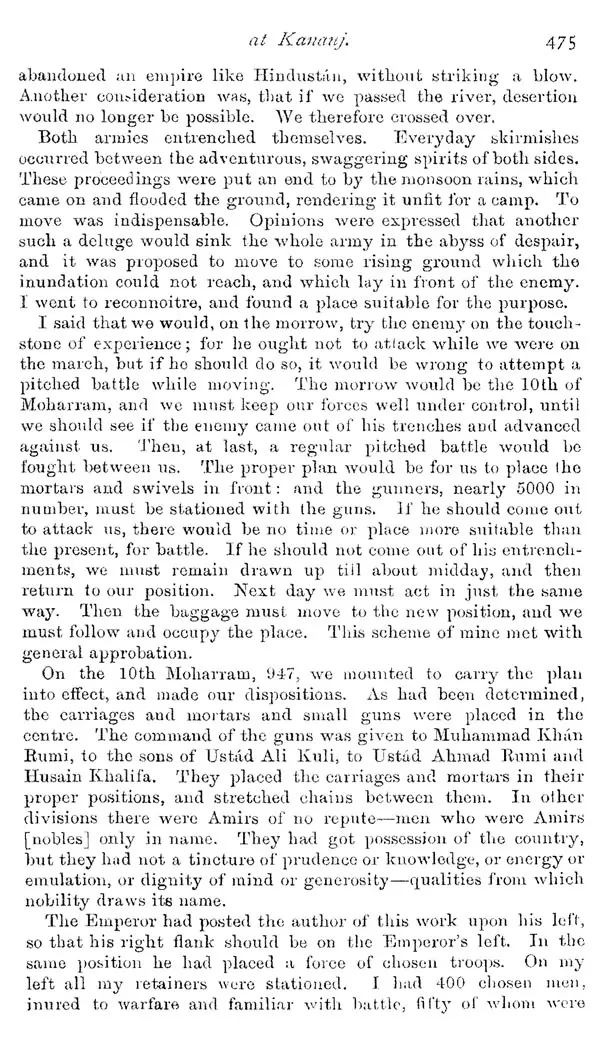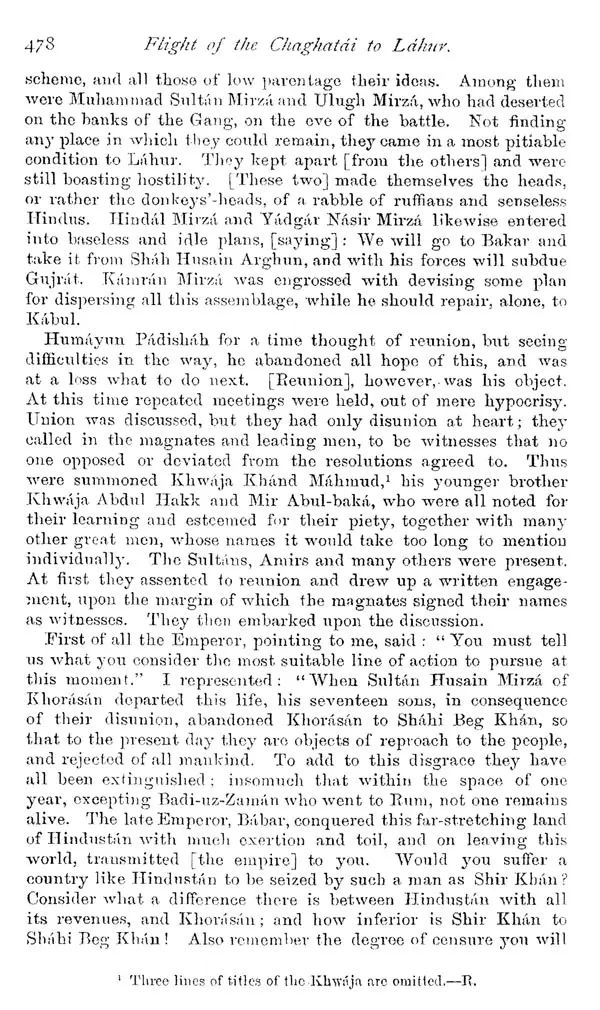
A History of The Moghuls of Central Asia :The Tarikh-I-Rashidi of Mirza Muhammad Haidar, Dughlat
Book Specification
| Item Code: | UBE795 |
| Author: | E. Denison Ross |
| Publisher: | Gyan Publishing House, New Delhi |
| Language: | English |
| Edition: | 2022 |
| ISBN: | 9788121266154 |
| Pages: | 570 |
| Cover: | PAPERBACK |
| Other Details | 8.50 X 5.50 inch |
| Weight | 760 gm |
Book Description
The present work in two volumes is the English translation of Tarikh-1- Rashidi, written by Mirza Muhammad Haidar, Dughlat. The book is an absorbing and informative history of Central Asia. The object of the Tarikh-i-Rashidi, is to preserve the memory of Moghuls and their Khans.
Sir Edward Denison Ross (1871-1940) was an orientalist and linguist, specializing in languages of the Far East. He was the first director of the University of London's School of Oriental Studies (now SOAS, University of London) from 1916 to 1937. Ross read in 49 languages, and spoke in 30. He was director of the British Information Bureau for the Near East. Sometime after 1877, Ross wrote an Introduction a reprint of George Sale's translation. Along with Eileen Power, he wrote and edited a 26- volume series published by George Routledge & Sons, The Broadway Travellers. The series included the diary of the 17th-century naval chaplain Henry Teonge. Ross joined the staff of the British Museum in 1914, appointed to catalogue the collections of Sir Aurel Stein. He was an original trustee of the E. J. W. Gibb Memorial Series. In 1934 Edward Denison Ross attended Ferdowsi Millenary Celebration in Tehran.
ALTHOUGH this is the first time that a translation of the Tarih-i-Rashidi, into English, has been presented to the public, it is necessary to explain that translators and historians have already used the book, to some extent, as a source from which to draw facts for their writings. Not only has its scope and its general purport, as a history of the Moghuls, been familiar to Orientalists for some fifty years, but much of its contents has also been made known, in a more or less scattered way, while its name is frequently found quoted in support of one historical passage or another. And if this is the case in English writings, it is the same when we refer to the works of Continental authors who have occupied themselves with the annals of Central Asia. Yet, though the value of the book has been acknowledged in this indirect manner, no complete translation into any European language has hitherto been made.
The nearest approach to an adequate translation, so far as I am able to ascertain, was that made by the late Mr. W. Erskine of the E. I. Company's service, more than half a century ago, and some fourteen years after the publication of the Memoirs of Baber. Mr. Erskine's work, however, has never been put into print, and seems, indeed, to be very little known outside the MS. department of the British Museum. It appears to have been taken in hand in 1840, after his retirement from the Company's service, and to have been completed at the beginning of the next year. It consists of 221 folio pages closely written, and, in one form or another, includes the greater part of the Tarikh-i-Rashidi. But the work varies greatly in character; in some places the author has set himself to translate fully and accurately from the text, and has been at pains to produce a rendering that would seem to be intended for publication; in other places lengthy passages-sometimes whole folios-are summarised more or less briefly; and in others, again, mere memoranda, or headings, are given to show the drift of the anthor's narrative; while, finally, considerable sections of the book, at various places, are omitted altogether.
Book's Contents and Sample Pages
